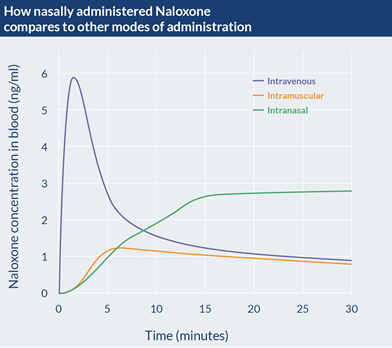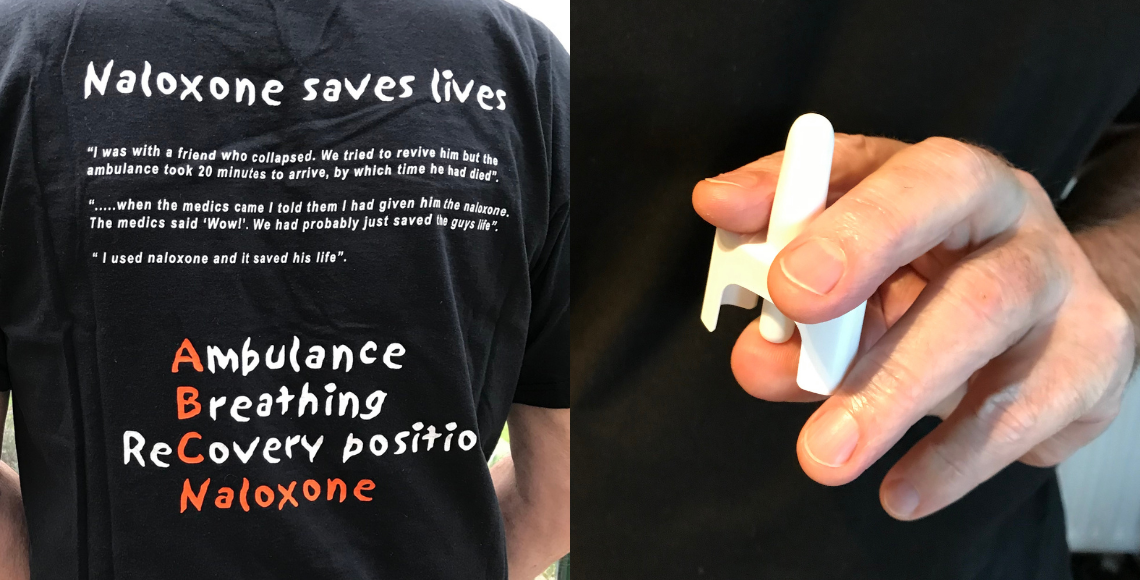Emergency naloxone to reverse heroin overdose – implementing improvements
Each year about 150,000 people die around the world from overdose of drugs like heroin or morphine (opioids). Naloxone is an antidote to the effects of opioids, saving lives in hospitals and in the hands of paramedics.
Most overdoses occur in situations when emergency services cannot reach the person immediately. Take-home naloxone (THN) provides non-medical people with naloxone so they can reverse the effects of opioid overdose wherever and whenever they happen.
Making take-home naloxone more available
Our researchers at the National Institute for Research (NIHR) Maudsley Biomedical Research Centre contributed significantly to the original development of THN, now implemented in at least 23 countries. With input from our Addictions Service User Research Group (SURG) and family support charities, we have driven large improvements to make THN more available, acceptable, and effective:
1. We explored actions taken during overdose emergencies to identify which aspects of THN administration contribute to successful overdose reversal. These studies involved people who have administered THN, demonstrating their competency in reversing overdoses. They established the active willingness of peers (including fellow drug users) as well as family members to intervene as emergency interim lifesavers, and they also documented successful 'overdose reversals'.
2. We identified that 'improvised naloxone nasal spray', popular because it required no injection, was being delivered at a suboptimal dose. We therefore developed a purpose-made concentrated naloxone nasal spray, collaboratively with industry. The product, Nyxoid, has been introduced widely into public policy and clinical practice.
3. We identified the harm that can result from 'over-antagonism' when a high dose of naloxone produces an excessive reversal of the opioid’s effect, causing a severe withdrawal syndrome, sometimes accompanied by aggression and triggering further drug use. This highlighted the importance of teaching dose-titration principles – how to adjust dosage for optimal benefit - to those who administer THN. These principles have been built into THN training programmes globally. Participants reported that over-antagonism occurred frequently and that positive relationships and communication style reduced symptom severity.
Figure below: Shows the effectiveness of nasal administration of Naloxone compared to other modes.

Empowerment through training
We have empowered a broader range of people to prevent overdose death. Pre-supplying THN and training is also now being introduced for carers of patients receiving opioids for pain relief and terminal care. This would not have happened without our research, which has helped improve the product, inform training, and influence policy worldwide.
Our team are now exploring experimental studies of overdose reversal in the laboratory. We will continue to explore further improvements to THN, for example better product design, a possible oral rapid-dissolving tablet/wafer, and new behavioural methods to further improve the effectiveness of THN.
IMPACT AREAS:
Industry Collaboration | National and International Collaboration | Improving Access and Uptake







